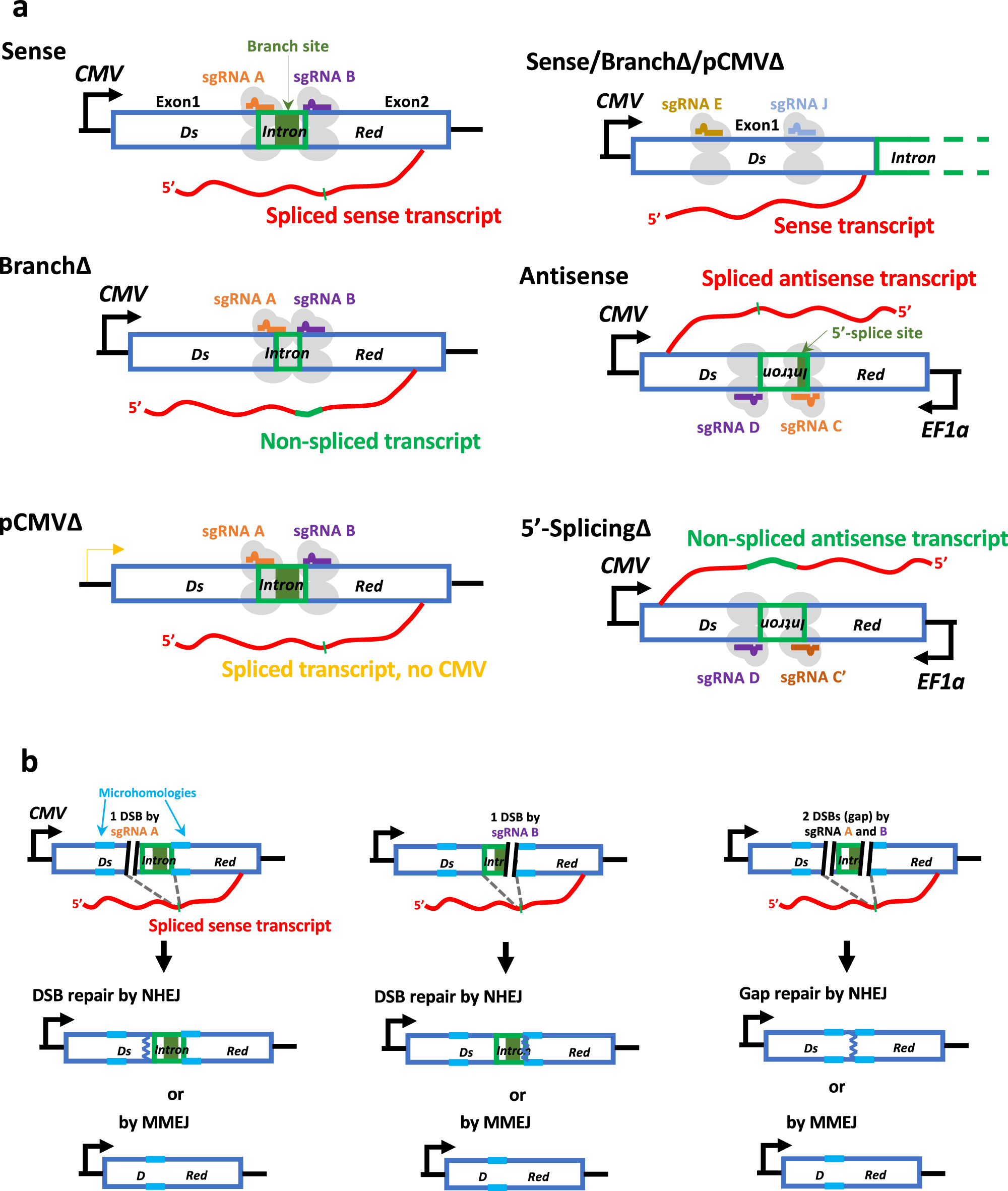2024-11-21 ジョージア工科大学
<関連情報>
- https://research.gatech.edu/rnas-surprising-role-dna-repair
- https://www.nature.com/articles/s41467-024-51457-9
末端結合メカニズムによるRNAを介した二本鎖切断修復 RNA-mediated double-strand break repair by end-joining mechanisms
Youngkyu Jeon,Yilin Lu,Margherita Maria Ferrari,Tejasvi Channagiri,Penghao Xu,Chance Meers,Yiqi Zhang,Sathya Balachander,Vivian S. Park,Stefania Marsili,Zachary F. Pursell,Nataša Jonoska & Francesca Storici
Nature Communications Published:11 September 2024
DOI:https://doi.org/10.1038/s41467-024-51457-9

Abstract
Double-strand breaks (DSBs) in DNA are challenging to repair. Cells employ at least three DSB-repair mechanisms, with a preference for non-homologous end joining (NHEJ) over homologous recombination (HR) and microhomology-mediated end joining (MMEJ). While most eukaryotic DNA is transcribed into RNA, providing complementary genetic information, much remains unknown about the direct impact of RNA on DSB-repair outcomes and its role in DSB-repair via end joining. Here, we show that both sense and antisense-transcript RNAs impact DSB repair in a sequence-specific manner in wild-type human and yeast cells. Depending on its sequence complementarity with the broken DNA ends, a transcript RNA can promote repair of a DSB or a double-strand gap in its DNA gene via NHEJ or MMEJ, independently from DNA synthesis. The results demonstrate a role of transcript RNA in directing the way DSBs are repaired in DNA, suggesting that RNA may directly modulate genome stability and evolution.


